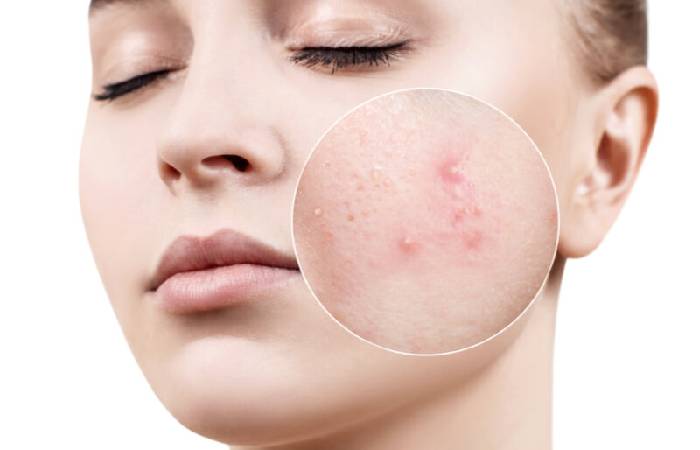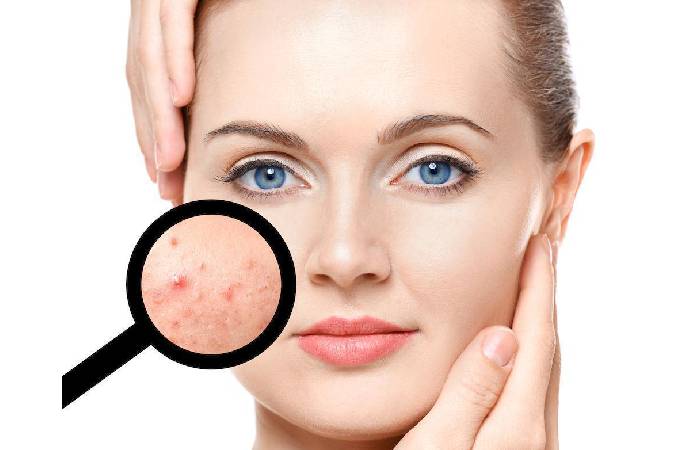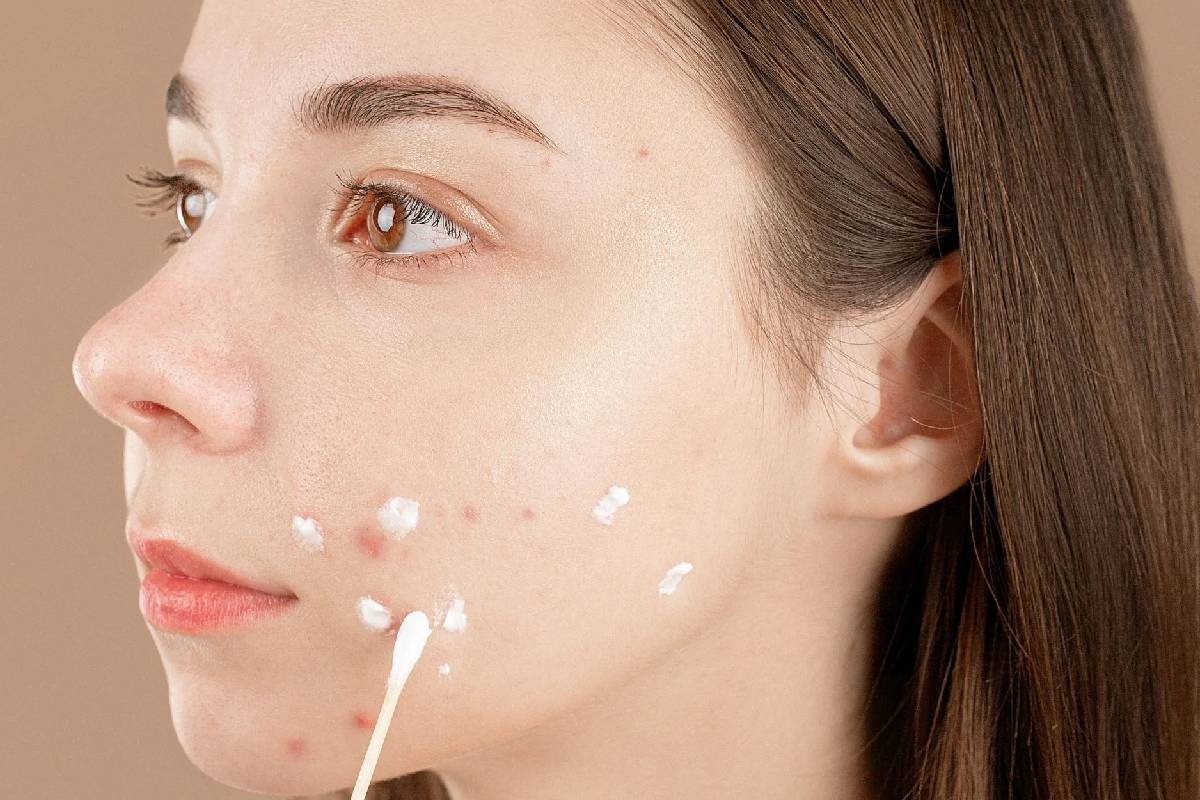Adult Acne – People may associate acne with puberty, but it can also occur in adulthood. Hormonal changes, stress, and certain medications can contribute to adult acne. However, many options are available to help people treat and prevent this skin condition.
Table of Contents
Adult Acne Definition

Acne is a common inflammatory skin condition affecting approximately 50 million Americans yearly. It usually begins in adolescence but can occur at any stage of life and continue into adulthood. Therefore, doctors may also refer to adult acne as adult acne or post-adolescent acne.
It usually develops when oil and dead skin cells clog skin pores, causing lesions commonly known as acne or blackheads.
And many different types of acne can occur all over the body. Acne most commonly develops on the face but can also appear on the back, chest, and shoulders.
Reasons
Although acne is most common during adolescence, acne can persist into a person’s 30s, 40s, and 50s. Some people can even develop acne for the first time in adulthood. Research also establishes that adult acne is more common in women.
The American Academy of Dermatology says that the most mutual causes of acne in adults include the following.
Changes In Hormones
Like the leading cause of acne in teenagers, hormonal inequity can cause acne. Many factors can change hormone levels, including:
periods
the pregnancy
perimenopause refers to the time before and immediately after menopause
menopause
And starting or stopping birth control pills or other hormonal contraceptives
Stress
When experiencing stress, some people may experience acne breakouts, possibly because the body produces more androgen hormones in response. These hormones can cause acne by stimulating the sebaceous glands in the skin.
Family History
Some evidence suggests that some people can take a genetic predisposition to acne. For example, if a close relative, such as a parent or sibling, has acne, a person is extra likely to grow adult acne.
Beauty Products
Some hair and skin care products can contain ingredients that can aggravate acne-prone skin. Using them can cause acne breakouts. For this reason, people may only consider using products labelled as:
non-comedogenic
acne free
Bend down
does not clog pores
drug side effects
And some medications can cause acne as a side effect. So if someone suspects their medication is activating their acne, they should continue taking it but discuss alternative treatment options with their doctor.
Medications that cause acne include hormonal medications, antidepressants, B vitamins, halogens, and antiepileptics.
Undiagnosed medical conditions
In some cases, adult acne can result from an underlying medical condition, so treating the disease can often make acne disappear. For example, people with PCOS often develop adult acne due to fluctuations in hormone levels.
Symptoms
Symptoms of adult acne are often similar to acne of any age. When experiencing acne breakouts, people may notice the following:
white dots
black dots
papules, pustules, or both
nodules, cysts, or both
Treatment Options

Treatment of acne in adults can be similar to that in younger people. They may include topical acne medications and review possible causes, such as underlying conditions, certain medications, stress, and any beauty or skin care products a person is using.
A dermatologist may recommend the use of over-the-counter (OTC) products that contain the following ingredients:
benzoyl peroxide
And retinoids such as adapalene gel
salicylic acid
If over-the-counter products don’t work, doctors may recommend more potent treatments. These may include:
prescription retinoids, such as topical tretinoin or oral isotretinoin
antibiotics such as tetracyclines
oral contraceptives or antiandrogens such as spironolactone
However, it is value noting that it can take 4-6 weeks to start noticing an effect with acne treatments. In addition, acne can sometimes take 2-3 months to clear up completely.

